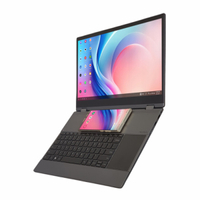I tried this dock to transform my Galaxy S25 into a laptop — here’s what happened
It proves that phones can replace our laptops to an extent
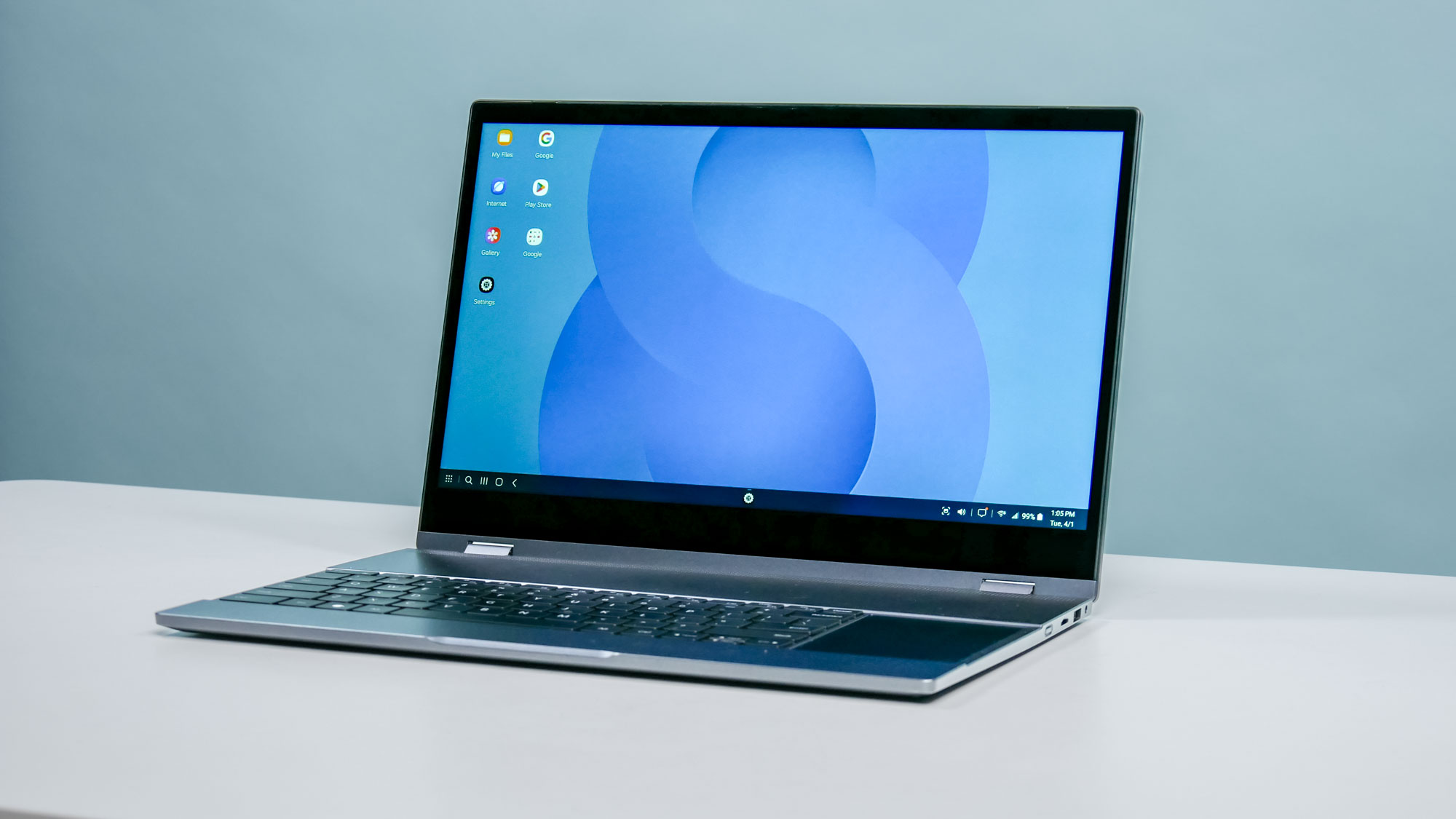
I’m not shy about traveling as light as possible with my work commutes, which is why I’ve shared my stories about Samsung DeX. From ditching my laptop for 2 weeks with a Galaxy Z Fold 6 to begging Samsung to include DeX with the upcoming Galaxy Z Flip 7, I cannot stop saying good things about the experience.
Yet, I’m still searching for that perfect phone-laptop solution. That’s why I’ve been using the NexDock XL, which takes the concept I love that the Motorola Atrix introduced more than a decade ago to my phone-laptop dreams a reality.
Even though it’s designed like some of the best laptops, the NexDock XL is more like a USB hub for phones.
I’ve been using it with mostly Samsung DeX devices, like the Galaxy S25, S25 Ultra, and Z Fold 6, but the NexDock XL works with any phone that has support for video-out via USB-C — or wirelessly through screen mirroring.
Turn your phone into a laptop with the NexDock XL. It features a full sized keyboard, 15.6-inch touchscreen display, and trackpad. You'll be able to tether your phone directly to it; with some phones, you'll be able to access a handy desktop mode for maximum productivity.
What I’ve learned most is that it’s much more than just a laptop shell or a phone dock. Here’s why.
15.6-inch IPS display that’s also a touchscreen
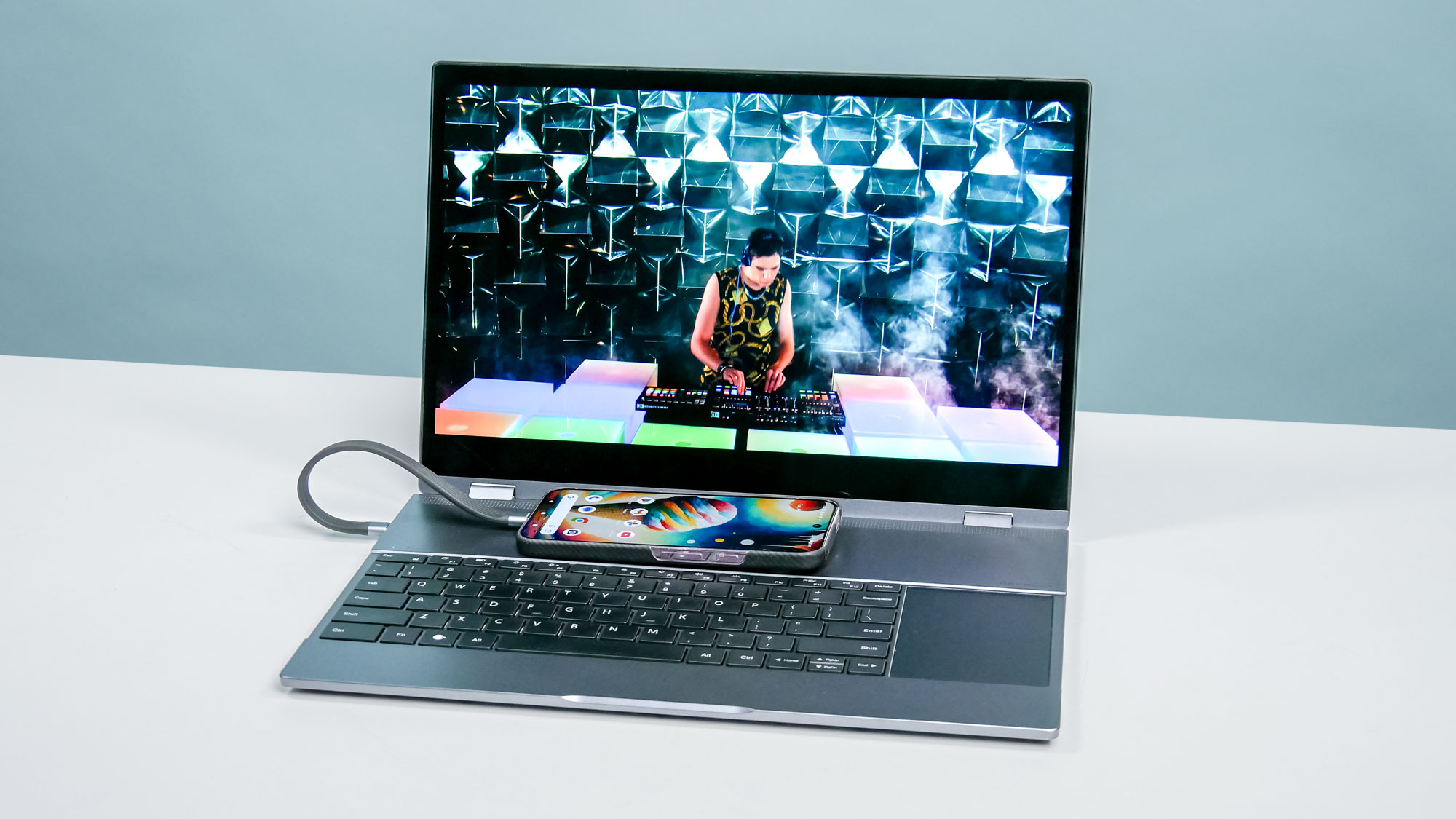
One thing I like about the NexDock XL is that it features a 15.6-inch FHD (1920 x 1080) IPS display that’s actually a touchscreen. That’s important because it lets me use Samsung DeX with touch support, which makes scrolling web pages using pinch and kinetic scrolling gestures more intuitive.
Even though it’s not as iridescent as some of AMOLED displays, the NexDock screen is still more than detailed enough for me to enjoy YouTube videos or some of my favorite streaming shows.
Sign up to get the BEST of Tom's Guide direct to your inbox.
Get instant access to breaking news, the hottest reviews, great deals and helpful tips.
Multi-tasking powerhouse
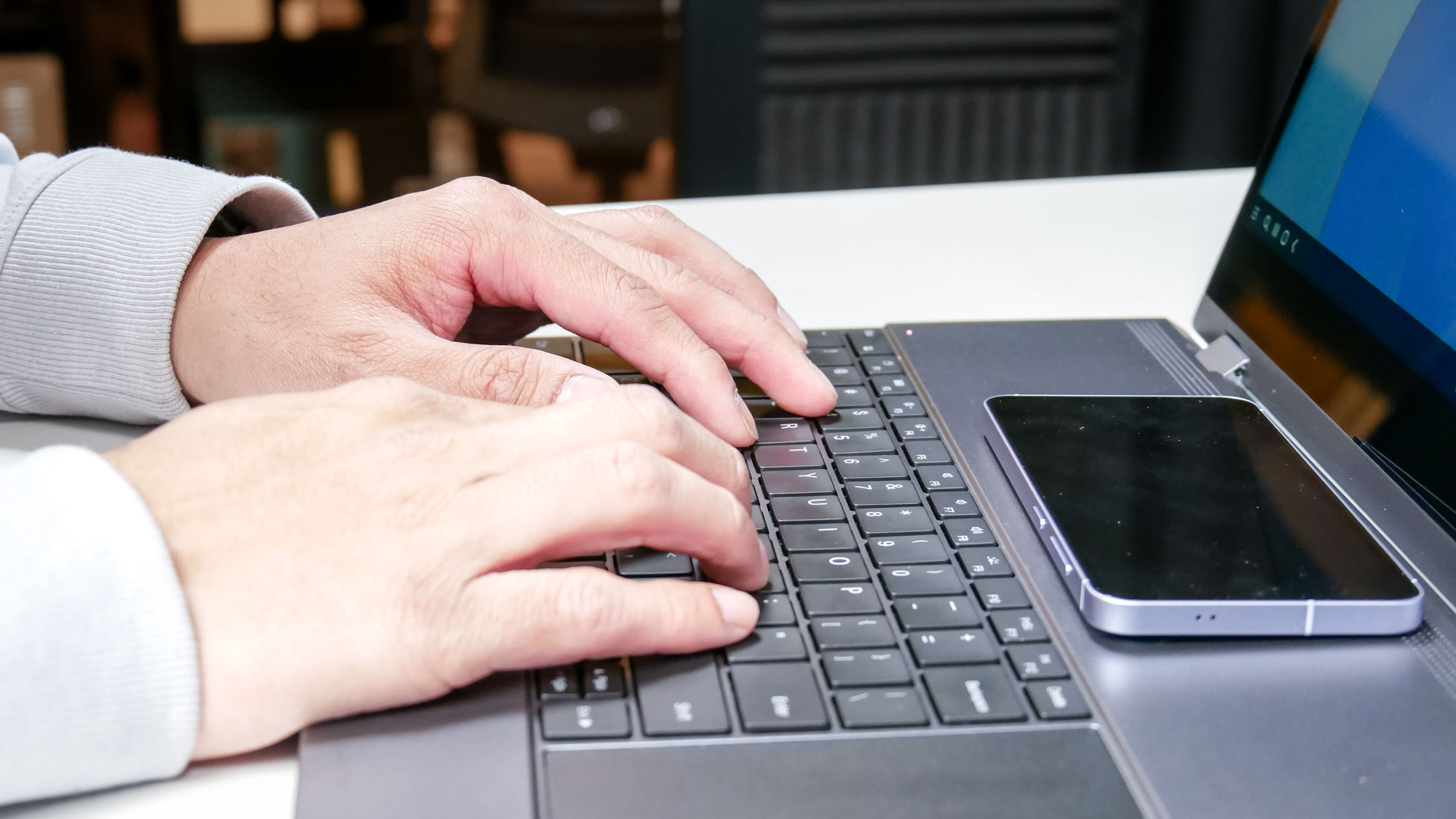
What I love most about using the NexDock XL with my Samsung DeX-compatible phone is that it makes me just as productive as I would be with a laptop. DeX emulates the desktop PC experience by allowing me to run multiple apps at the same time. But unlike on my phones, they are shown in their full-screen layouts for better viewing.
This allows me to work more efficiently when I'm performing tasks like copying stuff from an email to a document I’m working on. Honestly, I’m able to achieve the same level of productivity using this setup as I do with my Windows 11 laptop.
Wired or wireless: the choice is yours
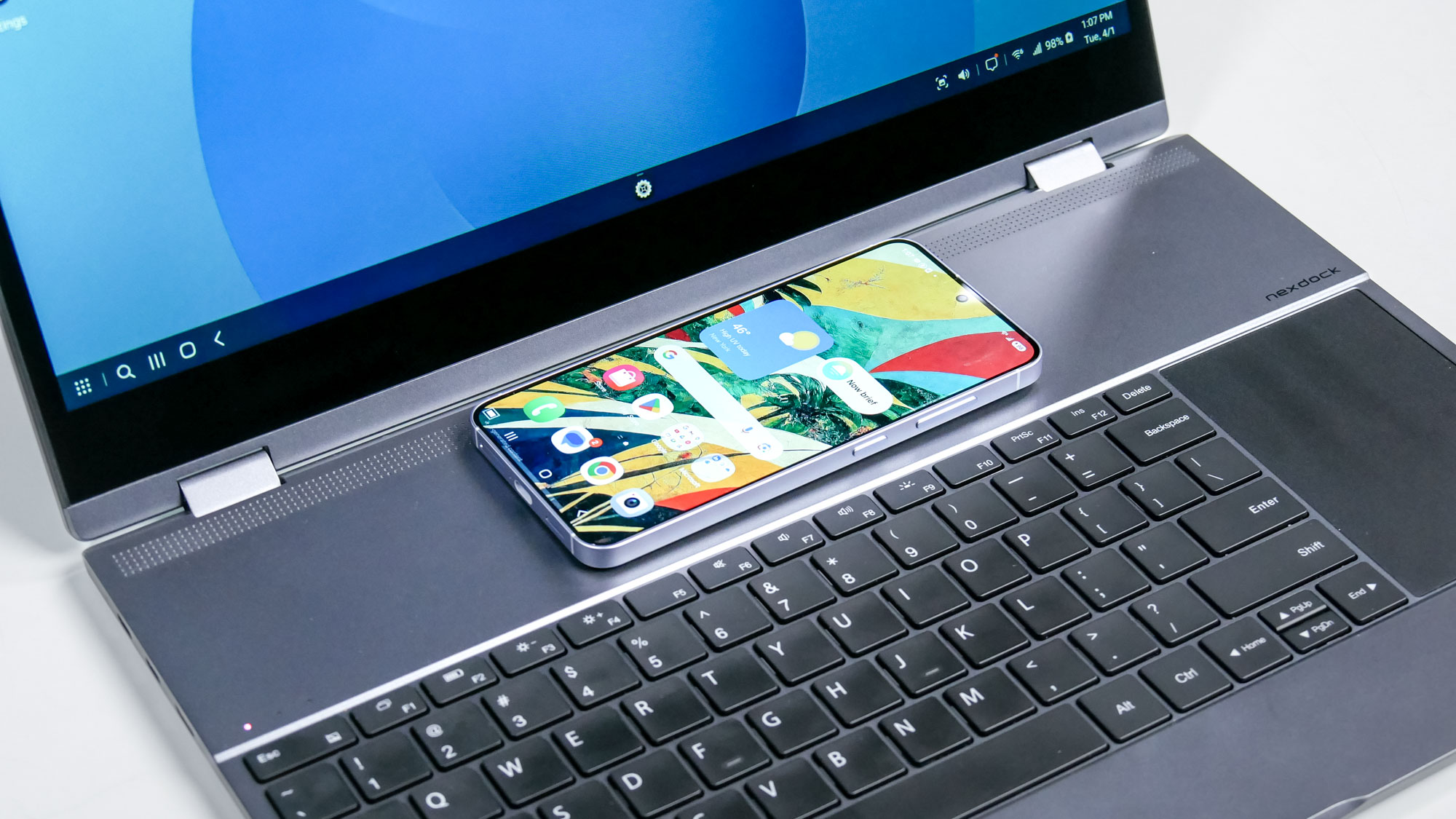
There are two ways for me to connect my phone to the NexDock XL. I can either use a standard USB-C connection to my phone or wirelessly use Miracast/Screen Mirroring.
I tried both methods, but the wired connection offers the most stable and responsive experience. With the wireless option, I do like the convenience of just using the laptop untethered, but in places with a lot of Wi-Fi traffic (like my office), the performance becomes choppy.
Whether I go with the wired or wireless route, I’m rest assured that my phone won’t run out of battery. That’s because there’s an integrated wireless charging pad built into the top frame of the NexDock XL.
Support for a lot of phones
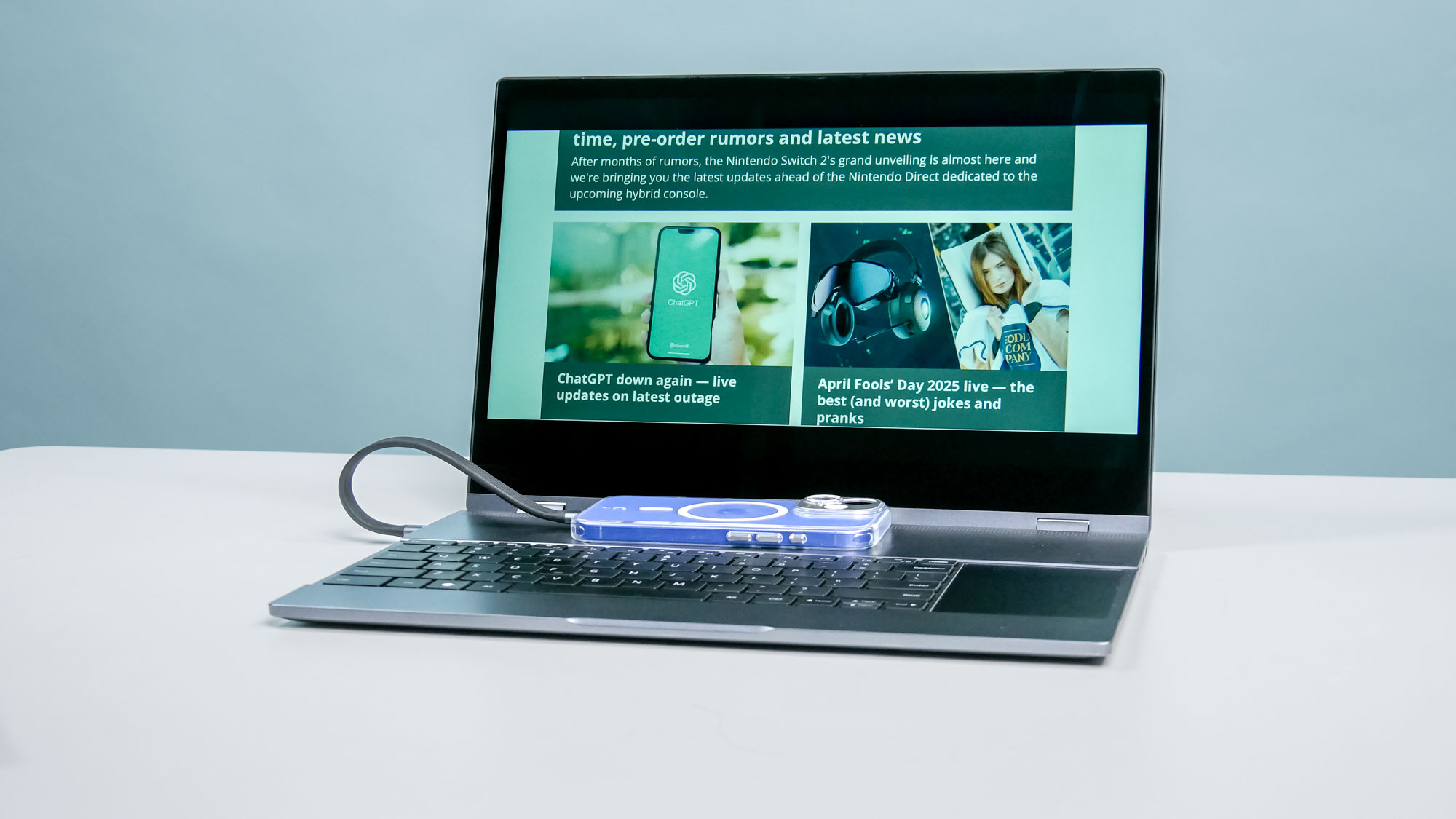
Besides Samsung DeX-compatible phones, I can use the NexDock XL with devices like my iPhone 16 and Pixel 9 Pro XL. With Apple devices that support video-out, the only issue is that I’m stuck with screen mirroring mode and no touchscreen support either. While most apps on my iPhone support landscape to better fit the laptop’s screen, I’m stuck with dealing with those dead spaces in portrait.
Meanwhile, I really like how there’s a hidden desktop mode with my Pixel 9 Pro XL, which tries to emulate DeX’s execution, even if it still needs a lot of work. I can run multiple apps and have them laid out side-by-side with one another, along with touchscreen support. Like I said, this setup is nowhere as good as Samsung DeX, but it still allows me to work effortlessly.
Bottom line
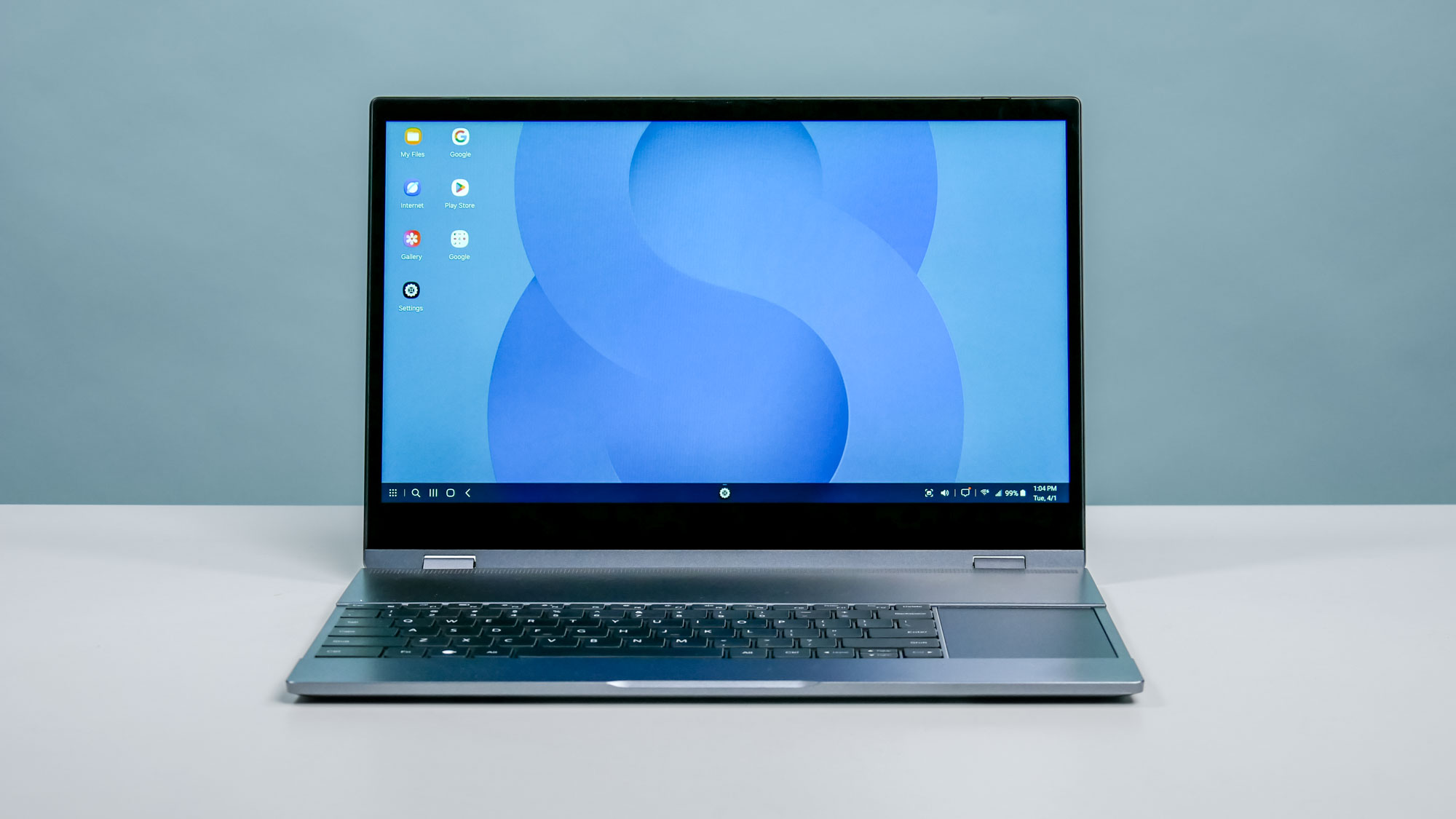
I’ve accidentally left my laptop at home when I go to work, which has forced me on numerous occasions to use the NexDock XL with my phone. For the most part, I can work with it — but it doesn’t totally replace a laptop. That’s not necessarily the NexDock XL’s fault because Samsung DeX can’t do things like allowing me to switch profiles in Chrome or access the plug-ins I use.
Still, for $299, I think the NexDock XL is worth the money because of the utility it brings. In fact, I can also connect my Nintendo Switch to it because it features an HDMI port, which I can use to connect other video devices. And since the dock can flex in all sorts of ways, like Lenovo's Yoga laptops, I can use it like a tablet closed all the way or position it in tent mode for a presentation.
I’m still dreaming for the day when my phone can replace my laptop, but this is still the closest thing I've found yet.
More from Tom's Guide

John’s a senior editor covering phones for Tom’s Guide. He’s no stranger in this area having covered mobile phones and gadgets since 2008 when he started his career. On top of his editor duties, he’s a seasoned videographer being in front and behind the camera producing YouTube videos. Previously, he held editor roles with PhoneArena, Android Authority, Digital Trends, and SPY. Outside of tech, he enjoys producing mini documentaries and fun social clips for small businesses, enjoying the beach life at the Jersey Shore, and recently becoming a first time homeowner.
You must confirm your public display name before commenting
Please logout and then login again, you will then be prompted to enter your display name.
